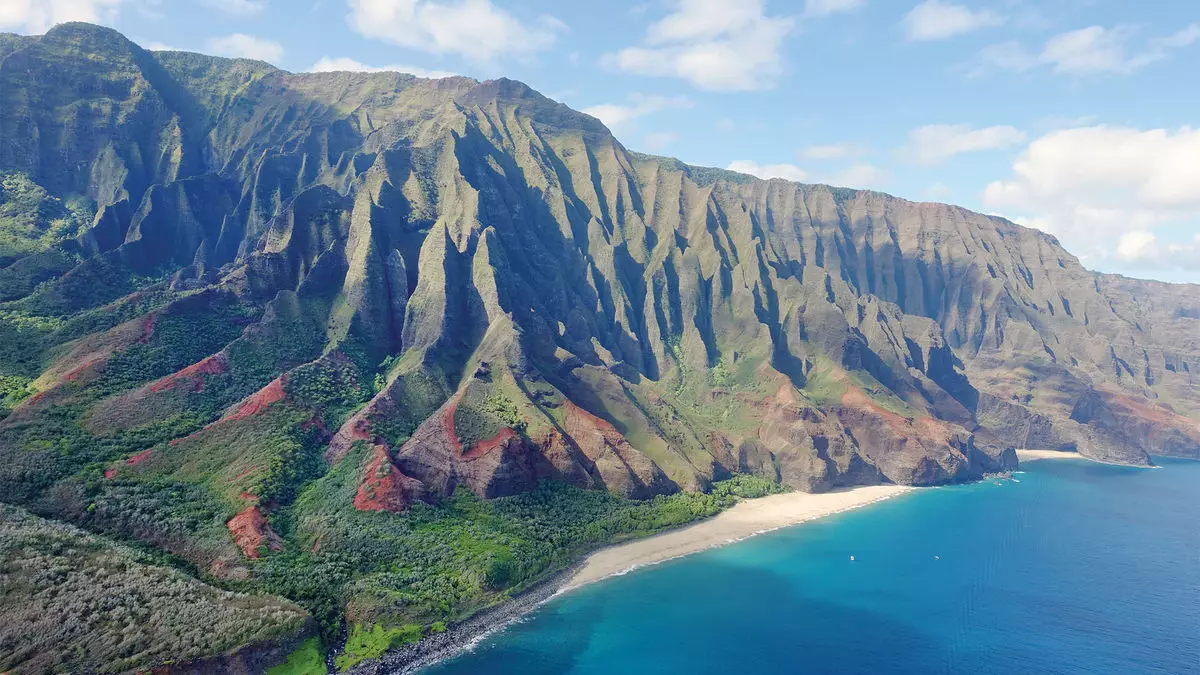The U.S. helicopter sightseeing industry has had its fair share of crashes and fatalities over the years, despite being relatively uncommon. A recent crash involving a Robinson 44 helicopter operated by Ali’I Kauai Air Tours and Charters on the northern Napali coastline of Kauai resulted in the deaths of the pilot and two passengers. This incident highlights the need for increased safety measures within the industry.
In response to the alarming number of helicopter sightseeing crashes, lawmakers have started to address the issue. Congress included provisions in the 2024 FAA Reauthorization Act to enhance regulations for doors-off operations like the doomed Ali’I Kauai excursion. Additionally, the FAA mandated that air charter tour operators develop comprehensive safety plans to align with those of commercial airlines. These measures aim to reduce the risk associated with helicopter sightseeing tours.
Keith Cianfrani, an independent consultant specializing in safety audits of tour operations, emphasized the importance of choosing operators that adhere to recognized safety organizations. Top safety standards like the Tour Operators Program of Safety (TOPS), International Standard of Business Aircraft Operations (IS-BAO), and Vertical Association International (VAI) are key indicators of a company’s commitment to safety. Cianfrani stressed the significance of booking operators preferred by reputable cruise lines and large hotels, as they often work with certified companies.
Aviation litigation specialist Ladd Sanger cautioned against open-door tours, citing regulatory loopholes that prioritize professional aerial photography over passenger safety. He recommended verifying the regulatory authority under which a company operates, with Part 91-147 being less stringent than Part 135 air charter certification. Sanger also advised against piston helicopters like the Robinson 44, noting their lighter and less powerful nature compared to turbine-powered aircraft.
In addition to selecting operators with top safety certifications and avoiding certain types of tours and helicopters, travel advisors can take further steps to ensure the safety of their clients. Conducting thorough research on a company’s safety culture, management team, maintenance records, and pilot experience is crucial. Observing how a company handles small details like securing loose items during flights can also provide insights into their overall commitment to safety.
Enhancing helicopter sightseeing safety requires a multifaceted approach that involves industry-wide regulations, operator certifications, and informed decision-making by travelers and travel advisors. By prioritizing safety standards, avoiding high-risk practices, and conducting thorough vetting of operators, the risks associated with helicopter sightseeing tours can be minimized, ensuring a safer and more enjoyable experience for everyone involved.

